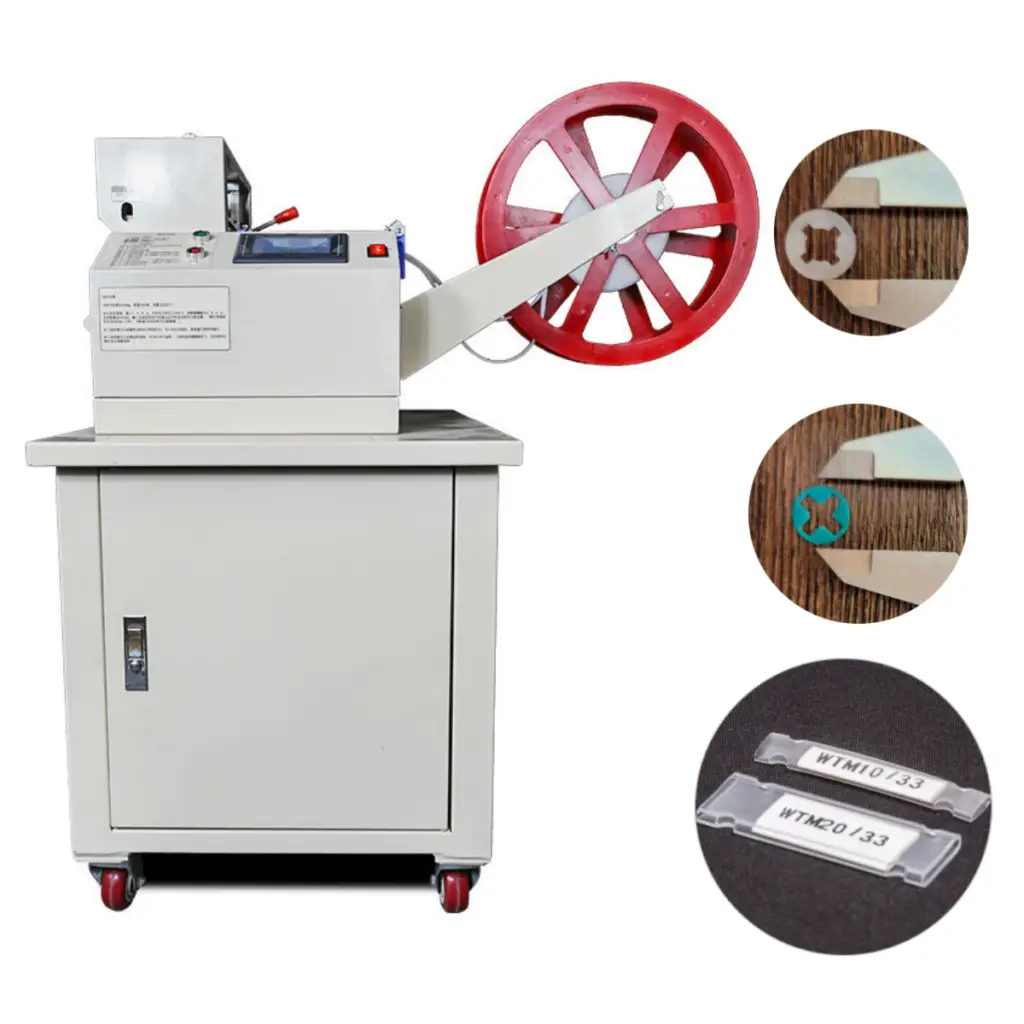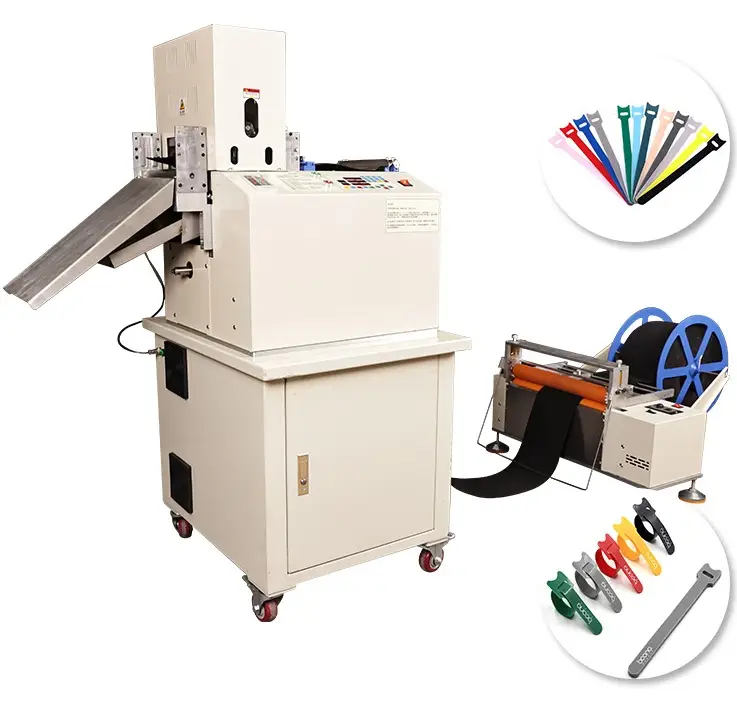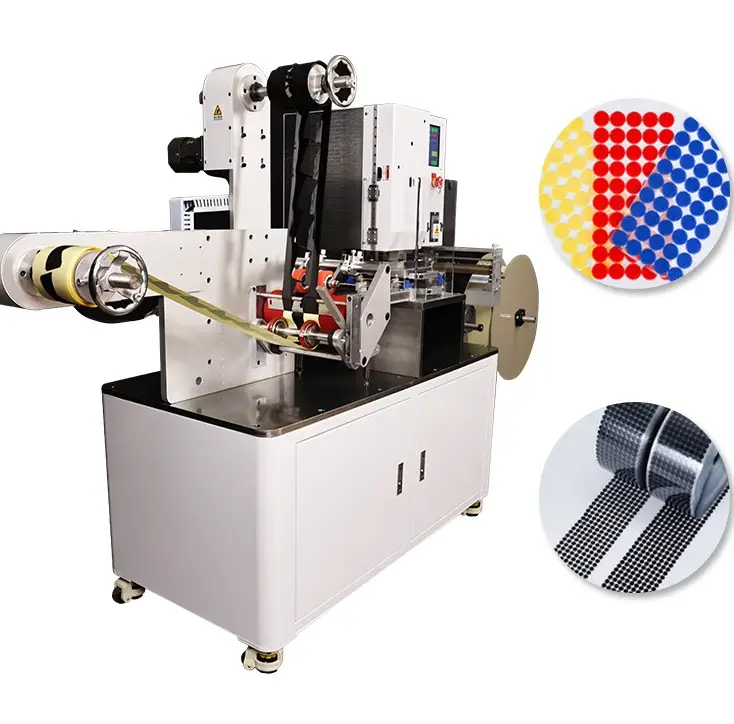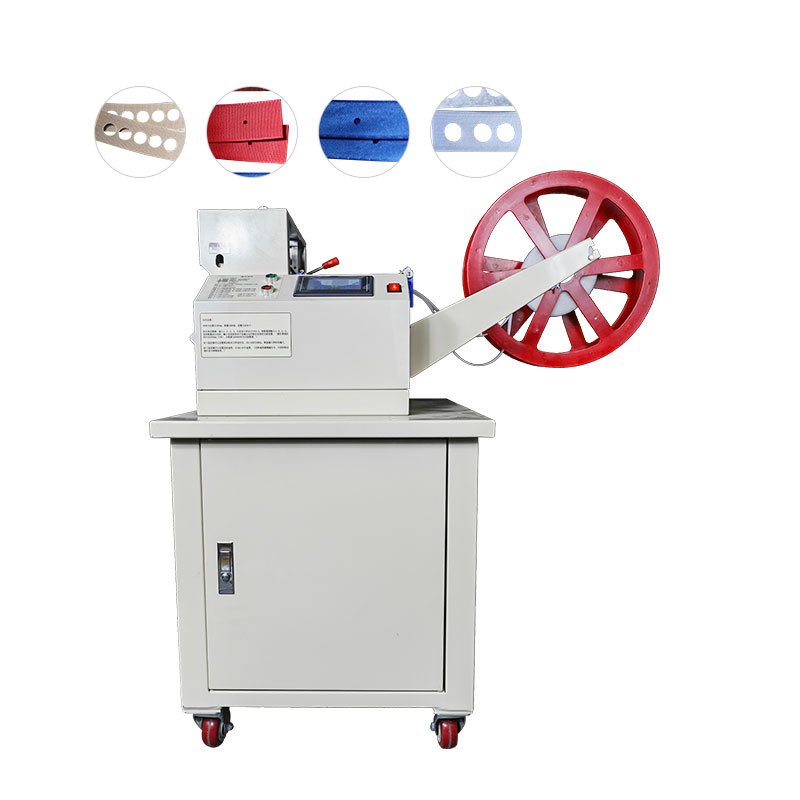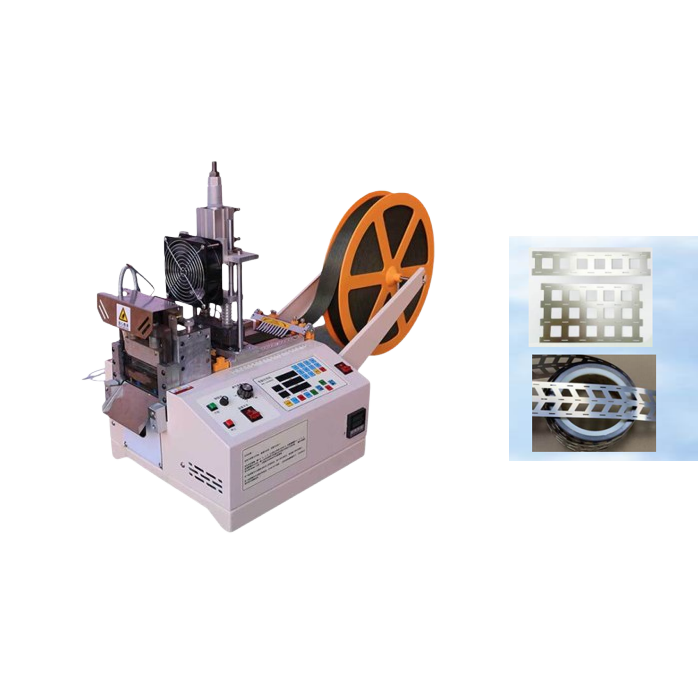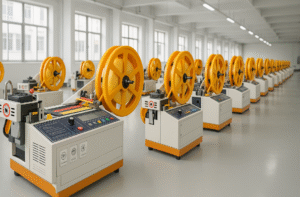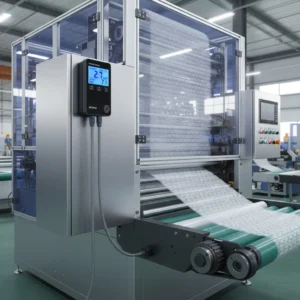How Strip Cutter Machines Streamline Textile Production: Laser vs Blade Cutters

Manual cutting methods waste hours of labor and cause inconsistent textile strips.
Modern strip cutter machines transform textile production by creating hundreds of identical strips per hour with perfect edges – eliminating fraying and material waste.
While both laser and blade cutters improve efficiency, laser systems particularly excel when working with delicate fabrics that require sealed edges.
Laser vs Blade Cutting: Key Benefits Compared

Blade cutters often struggle with slippery synthetic fabrics.
**Laser cutters provide clear advantages over blades:
- Automatically seal edges to prevent fraying
- Handle extremely thin materials without damage
- Cut intricate shapes blades cannot achieve**
Cutting Method Comparison
| Feature | Laser Cutters | Blade Cutters |
|---|---|---|
| Speed | Slightly slower | Faster |
| Edge Finish | Perfectly sealed | May fray |
| Minimum Thickness | Thinner fabrics | Thicker only |
| Maintenance | Less frequent | More required |
Fabric-Specific Cutting Results
| Material Type | Laser Performance | Blade Performance |
|---|---|---|
| Delicate Chiffon | Excellent cut quality | May snag |
| Thick Upholstery | Slower but clean | Faster cut |
| Synthetic Blends | Sealed edges | Potential fraying |
| Elastic Fabrics | Precise edges | May stretch |
Conclusion

For textile businesses focused on quality, laser cutters produce superior finished products despite slightly slower speeds.
Insights from HAOXINHE
Our LaserTrim Pro model helps textile manufacturers cut lace and sheer fabrics with zero fraying. The system smartly adjusts laser power for different materials – delivering clean cuts without burns or distortion. Compared to blade machines, users report much less material waste and consistent quality across all fabric types.
